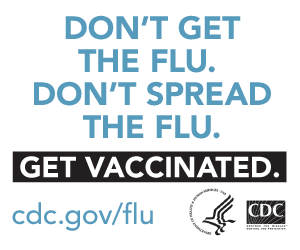In the comparatively short lifespans of Influenza Monitor and counterpart blog Market@Flu-Monitor, one of the more striking outcomes as revealed through Google Analytics has been relatively high visitation rankings from countries as diverse as Ukraine, Egypt and India. All of these countries have experienced public health pressures coping with either H1N1 or H5N1.
Google researchers have long-noted a close connection between flu-trends and search activity on flu topics. In the experiences of these blogs, similar correlations by city and province have appeared with respect to visitation patterns to both blogs as revealed through Google Analytics data across flu-affected countries. Google Analytics is described as an “enterprise-class web analytics solution” that provides insights into “website traffic and marketing effectiveness.”
Some caution has to be exercised in interpreting flu activity and trends in Google Analytics. Geographic patterns of visits at a minimum show where populations, internet infrastructures, and lines of communications are clustered. Both blogs are running modest global ad campaigns that do not specifically target any country nor region; ad dissemination is entirely driven by provider seach/content algorithms.
However, the striking visitation patterns observed from flu-impacted countries do not appear random and could be indicative of intrinsic demand for H1N1 information in flu-infected countries, and by proxy of the spread of H1N1 within such countries.
Because of privacy concerns in connection with this kind of data, expressed among several countries, we choose not to disclose our Google Analytics visitation maps.
Nonetheless, the limited experiences here suggests the geospatial capabilities resident in Google Analytics to an extent reflects demand for H1N1 information. This carries great potential to augment traditional influenza surveillance systems. Any major public health information reservoir on pandemic influenza ought to leverage its visitation statistics for geospatial use in response planning.


Google.org: Google Flu Trends – How does this work ?
The Official Google Blog: Google Flu Trends Expands to 16 additional countries
Tagged: flu, h1n1, h5n1, influenza, International News, pandemic flu, swine flu, US News












